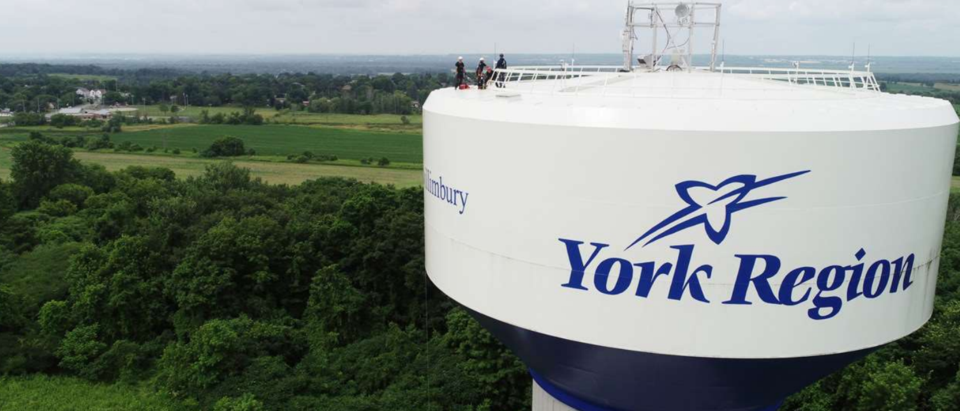York Region stands to lose reliability in its warning signs for population-wide COVID-19 and influenza cases as provincial wastewater surveillance ends, public health said.
The Ontario government announced it is ending the program, which allowed public health units to track COVID-19 in wastewater sampling sites across the province, on July 31.
York Region associate medical officer of health Dr. Sarah Erdman said the tool was very useful to help inform public health decisions.
“Given tighter testing eligibility for COVID-19 and influenza, wastewater surveillance provided helpful information about the burden of disease and community transmission among the general population,” Erdman said. “It also provided an early warning of surges ahead of an increase in cases and hospitalizations; without wastewater data, York Region will be unable to reliably obtain these estimates moving forward.”
The program began in 2020 to address the onset of the COVID-19 pandemic. Since then, York Region and other public health units have regularly updated wastewater surveillance data to highlight trends in the transmission of infectious diseases.
“It helped us detect emerging threats,” Erdman said. “We found the tool to be very useful.”
The change means that region-specific wastewater tracking will no longer be available. Public health units were able to upload and access information on a provincewide dashboard and could see disease signals in wastewater up to two weeks before cases would show in the population.
Other public health researchers and agencies have decried the move.
“It is really unfortunate because I think the rest of the world is certainly embracing this (science), so I’m not quite sure why they’re not continuing this very important infectious disease surveillance tool let alone for COVID, but also for influenza and other infections,” said Dr. Colin Lee from the Simcoe Muskoka District Health Unit.
Some alternatives do exist. Public health agencies in Ontario will still have access to the Public Health Agency of Canada’s (PHAC) wastewater surveillance data, which has aggregated information on the GTA. However, the federal program only has four testing sites based in Toronto, versus the 59 sampling sites that made up the provincial program.
“We look forward to working with the Public Health Agency of Canada on additional data sharing,” Erdman said.
The Ministry of Environment Conservation and Parks said the federal government is moving to expand its sampling in Ontario.
"Ontario is working closely with the federal government to support this expansion while winding down the provincial Wastewater Surveillance Initiative," the ministry said. "The Ministry of Health and the Ministry of the Environment, Conservation and Parks will work with the federal government and propose sampling sites that provide quality data for public health across the province.
Lee said the program probably did not take a huge amount of monetary investment for something quite effective.
“We hope (the provincial government) will change their mind in due time,” said Lee.
York Region Public Health is also pursuing research collaborations with academic partners on further wastewater surveillance, Erdman said.
-With files from Erika Engel
